Introduction: The Rise of Robotics and Automation and Its Implications for the Workforce
The landscape of human labor is undergoing a profound transformation, driven by the rapid advancement of robotics and automation technologies. Over the past few decades, robots have evolved from being specialized machines confined to industrial settings to versatile, intelligent systems capable of performing an increasing range of tasks across various sectors. Automation, particularly the use of robots, has been heralded as the key to greater efficiency, higher productivity, and cost reduction in industries from manufacturing to healthcare. As robots become more capable, the question arises: will they eventually replace human labor altogether?
The potential for robotics to disrupt the labor market is not a new conversation. However, the speed at which these technologies are advancing—coupled with their increasing capabilities—has made the issue more urgent. As robots continue to infiltrate industries traditionally dominated by human labor, there is growing concern about job displacement, the changing nature of work, and the long-term effects on the economy and society.
This article explores the rise of robotics and automation, their current applications, and the potential future impact on human labor. We will examine the sectors at risk of being most affected by robotics, the advantages and challenges of robot labor compared to human labor, and the broader economic and social implications of widespread automation. Ultimately, we will argue that while robotics will undoubtedly replace certain types of human labor, it will more often complement human workers rather than fully replace them across many industries.
Current Robotics Applications: Robotics in Manufacturing, Logistics, Healthcare, and Service Industries
The application of robotics is already widespread across numerous industries, with some sectors relying heavily on automation for operational efficiency and scalability. The manufacturing sector was one of the earliest adopters of robotic technology, with robots playing a pivotal role in assembly lines and production processes. Modern manufacturing robots can perform repetitive tasks such as welding, painting, and assembling parts with precision and speed, reducing the need for human workers in these tasks.
One of the most prominent examples of robotics in manufacturing is the use of robotic arms in car production lines. These robotic arms are designed to handle complex tasks such as assembling car parts, welding, and quality control. The benefits of robotics in this sector are clear: robots can work tirelessly 24/7 without the risk of injury, resulting in faster production times and fewer defects. Moreover, robots can perform tasks that are dangerous for human workers, such as handling hazardous materials or working in extreme temperatures, contributing to a safer work environment.
Robotics is also making significant strides in logistics. Autonomous vehicles, drones, and robotic systems are being deployed in warehouses and distribution centers to streamline operations. For example, Amazon has deployed robots like Kiva Systems to move products around its fulfillment centers, reducing the need for human labor in these repetitive and physically demanding tasks. Similarly, self-driving trucks and delivery drones are being developed to transport goods from warehouses to customers, promising greater speed and efficiency in logistics and distribution.
The healthcare sector is another area where robotics has shown tremendous promise. Robotic-assisted surgeries, for instance, allow surgeons to perform precise procedures with minimal invasiveness. Robotic systems such as the da Vinci Surgical System enable surgeons to perform delicate surgeries with enhanced dexterity, offering better outcomes for patients and reducing recovery times. In addition to surgery, robots are being used in hospitals for tasks like disinfecting rooms, delivering supplies, and even providing companionship to patients, improving the overall healthcare experience.
In the service industry, robots are beginning to take on roles traditionally filled by human workers. From customer service representatives to waitstaff, robots are being deployed to interact with customers, answer questions, and even deliver food. For example, companies like SoftBank Robotics have developed robots like Pepper, which can engage with customers in retail and hospitality environments. While robots in customer-facing roles are still in the early stages, they have the potential to revolutionize service industries by improving efficiency, reducing labor costs, and providing consistent service quality.
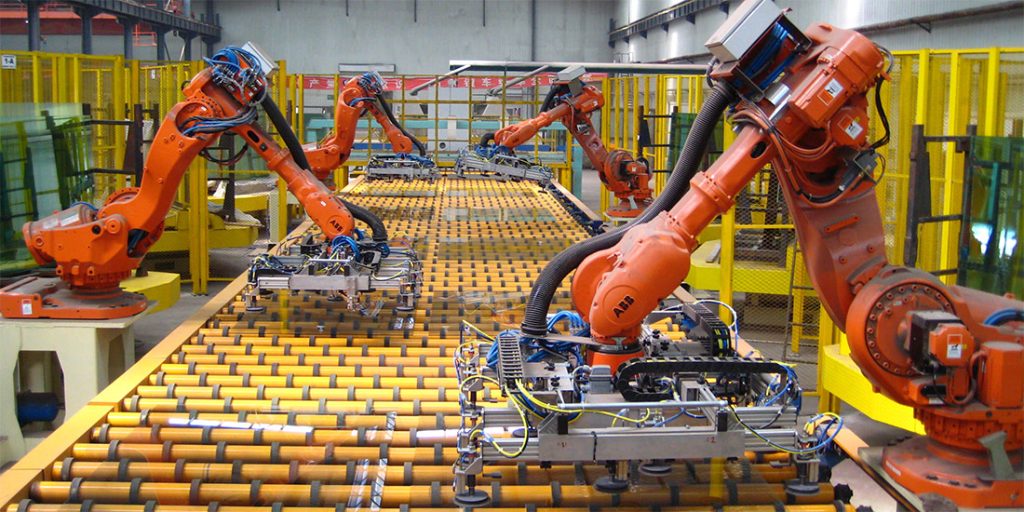
Industries at Risk: Sectors Such as Transportation, Customer Service, and Assembly Lines Where Robots May Replace Human Labor
While robots have already made a significant impact on certain industries, there are several other sectors that may be at risk of widespread automation in the future. One of the most discussed areas of concern is transportation. With the rise of autonomous vehicles, including self-driving cars, trucks, and drones, there is a real possibility that human drivers will be replaced by machines in the not-too-distant future. Companies like Tesla, Waymo, and Uber are leading the charge in developing self-driving technologies that could disrupt the transportation industry, affecting millions of driving jobs worldwide.
Self-driving trucks, in particular, could revolutionize freight transportation. These trucks can operate without human drivers, reducing labor costs and potentially increasing efficiency in the delivery of goods across long distances. However, the shift toward autonomous vehicles also raises concerns about the displacement of truck drivers and other professionals in the transportation sector. While some predict that self-driving trucks will create new opportunities in maintenance, data analysis, and fleet management, the transition may be disruptive for those who rely on driving as their primary source of income.
Customer service is another sector poised for disruption. The rise of chatbots, virtual assistants, and automated customer service platforms has already begun to reduce the need for human customer service representatives. Companies are increasingly relying on AI-driven systems to handle routine inquiries, process transactions, and even troubleshoot technical problems. While these systems are effective at handling simple tasks, there is still a need for human intervention in complex or emotionally charged situations. However, as AI and robotics improve, it is likely that more customer service roles will be automated, especially in industries such as retail, banking, and telecommunications.
Assembly lines, particularly in the automotive and electronics industries, have been heavily impacted by robotics for years. In these industries, robots perform repetitive tasks like assembling parts, packaging products, and performing quality control checks. As robots become more advanced and cost-effective, they will continue to replace human labor in these sectors, particularly in tasks that are physically demanding or require high levels of precision. While robots are unlikely to fully replace human workers in all aspects of assembly line work, there is a growing trend toward automation in many production processes.
Human vs. Robot Labor: Advantages of Robots in Precision Tasks, Scalability, and Safety, but Also the Human Touch in Complex, Creative, and Interpersonal Work
Robots offer several advantages over human labor in specific areas, particularly where precision, scalability, and safety are crucial. Robots excel at performing tasks that require high levels of precision, such as assembly line work, surgical procedures, and quality control. They can perform these tasks consistently and without the risk of human error, ensuring that products and services meet stringent quality standards.
Scalability is another area where robots outshine human labor. Robots can work around the clock, without the need for breaks, sleep, or downtime. This enables businesses to scale their operations quickly and efficiently, without the logistical challenges of managing human labor. In industries like manufacturing, logistics, and healthcare, the ability to scale operations rapidly can provide a significant competitive advantage.
Safety is another key benefit of robotics. Robots can be deployed in hazardous environments where human workers might be at risk of injury. In industries such as mining, construction, and chemicals, robots can handle dangerous tasks such as working with toxic substances, lifting heavy loads, or operating in extreme conditions. By reducing human exposure to dangerous environments, robots can help prevent workplace injuries and fatalities.
Despite these advantages, robots still have limitations, particularly in tasks that require complex decision-making, creativity, or emotional intelligence. For example, while robots may excel at manufacturing or data analysis, they are not equipped to handle jobs that involve interpersonal communication, creative problem-solving, or high-level decision-making. Tasks that require empathy, such as caring for elderly patients or providing psychological support, remain areas where human labor is irreplaceable.
Furthermore, many industries rely on the human touch for customer service and engagement. While AI-powered chatbots and virtual assistants can handle basic inquiries, they often fall short when it comes to nuanced conversations, empathy, and complex problem-solving. As a result, human workers will continue to play a vital role in sectors that require emotional intelligence, creativity, and deep contextual understanding.
Economic and Social Impacts: Job Displacement, the Need for Re-skilling the Workforce, and the Potential Creation of New Job Categories
The rise of robotics and automation brings with it significant economic and social implications. One of the most immediate concerns is job displacement. As robots replace human workers in various sectors, millions of people could lose their jobs, particularly in industries that rely heavily on manual labor or routine tasks. The potential for mass unemployment raises concerns about income inequality, social unrest, and the long-term viability of traditional labor markets.
However, while robotics will undoubtedly lead to job displacement, it may also create new job categories. As robots take over repetitive or dangerous tasks, humans may shift to roles that require higher levels of creativity, problem-solving, and emotional intelligence. For instance, there will likely be an increased demand for workers in fields like AI development, robotics maintenance, data analysis, and cybersecurity. Furthermore, the rise of automation could lead to the creation of entirely new industries and opportunities that we cannot yet fully anticipate.
The challenge will be ensuring that displaced workers have the skills and resources they need to transition into new roles. This will require significant investment in re-skilling and up-skilling programs, as well as policies that support workers in industries at risk of automation. Governments, businesses, and educational institutions will need to collaborate to create programs that equip the workforce with the skills required to thrive in an increasingly automated economy.
Conclusion: Robotics Will Certainly Replace Certain Types of Human Labor but Will Likely Complement Human Workers Rather Than Fully Replace Them in Many Sectors
The rise of robotics and automation is undoubtedly reshaping the workforce, but the question of whether robots will fully replace human labor remains complex. While robots will certainly replace certain types of human labor, particularly in industries such as manufacturing, logistics, and transportation, they will more often complement human workers rather than fully replace them. The future of work will likely involve humans and robots working together, with robots handling repetitive, dangerous, or precision-based tasks, and humans focusing on tasks that require creativity, empathy, and complex decision-making.
As robotics continues to advance, the workforce will need to adapt. Job displacement is a real concern, but new opportunities will also arise. The key to navigating this transition will be investing in education, training, and policies that help workers transition to new roles and industries. Rather than fearing the rise of robots, we should focus on how to integrate them into our workforce in ways that enhance productivity, safety, and job satisfaction for all.
















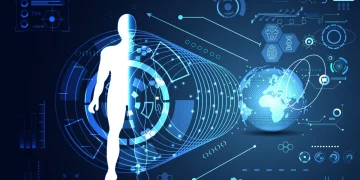


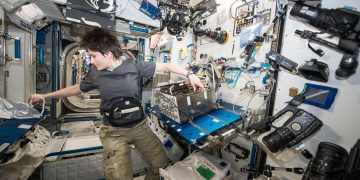








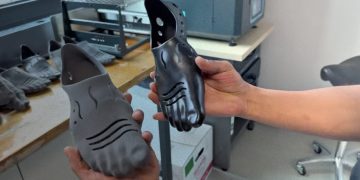


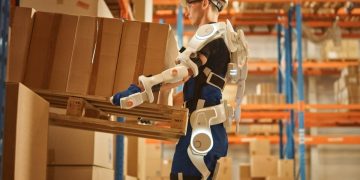


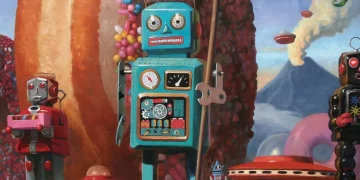


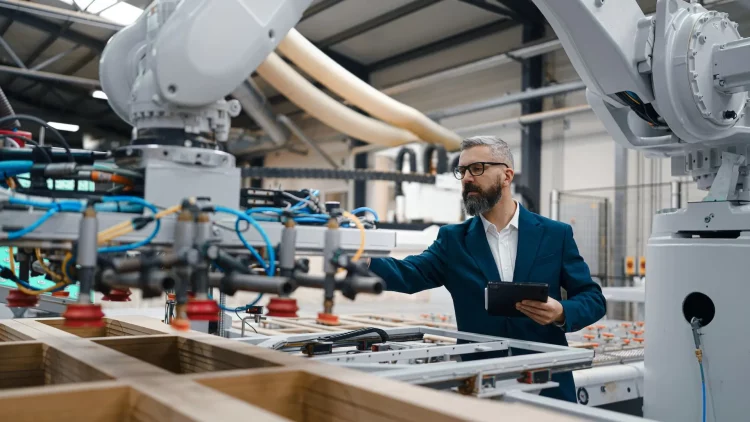












Discussion about this post